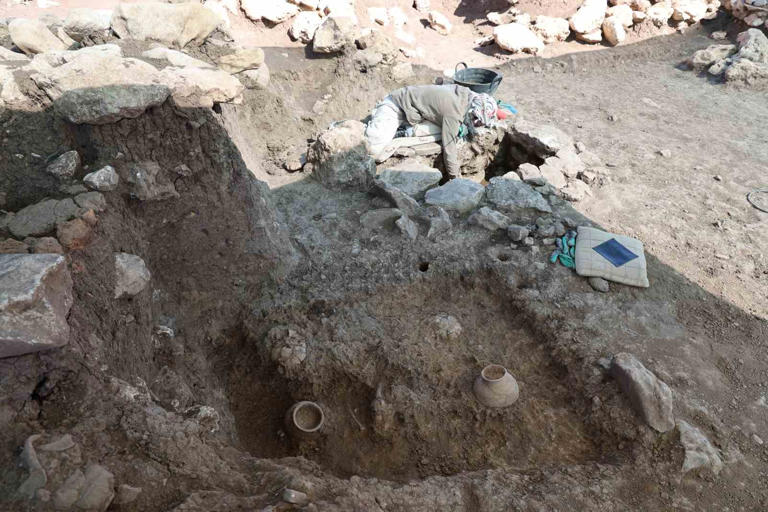
5,000- and 11,000-Year-Old Burials Unearthed at Çayönü: Shedding Light on Neolithic and Bronze Age Anatolia
Archaeologists working at the Neolithic settlement mound of Çayönü, in Ergani district of Diyarbakır, Türkiye, have unearthed six ancient burials—five from the Early Bronze Age, about 5,000 years old, and one dating back 11,000 years to the Neolithic period. The discovery provides crucial evidence of how one of humanity’s earliest farming communities buried and remembered
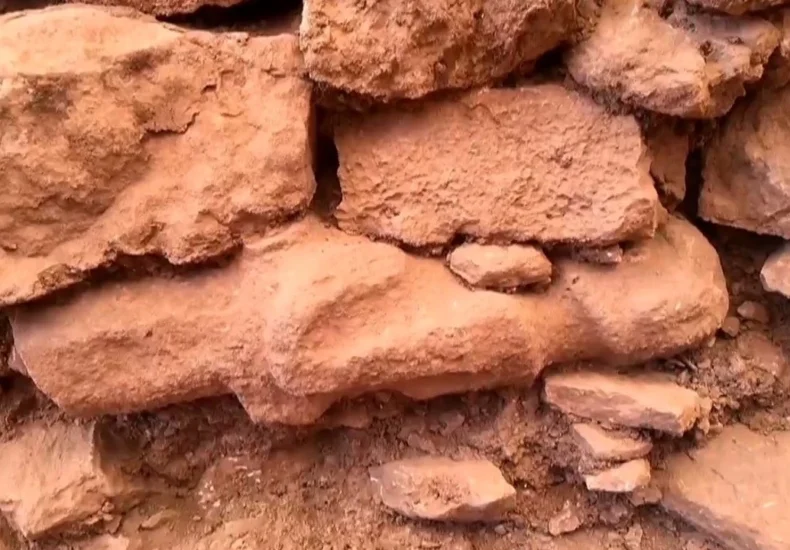
12,000-Year-Old Human Statue Unearthed at Göbekli Tepe
Turkish Minister of Culture and Tourism Mehmet Nuri Ersoy has announced the discovery of a human statue embedded in a wall at Göbekli Tepe, the world’s oldest known temple complex in southeastern Türkiye. The artifact, believed to have been placed as a votive offering, is expected to provide groundbreaking insights into Neolithic rituals and belief
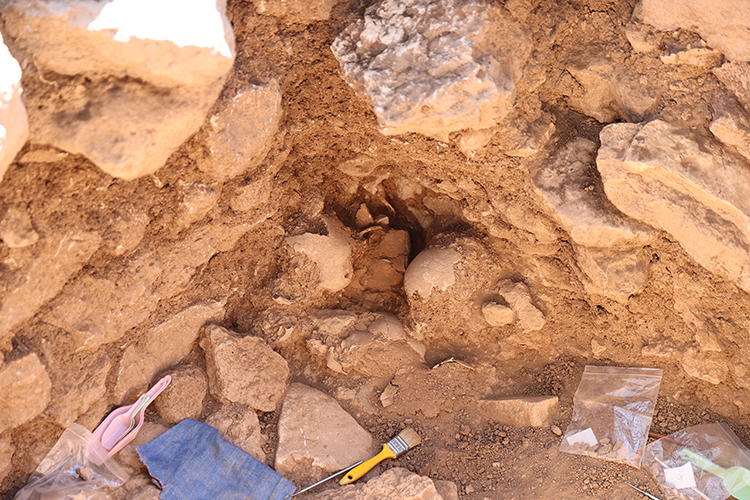
12 Ancient Human Skulls Unearthed at Sefertepe, Offering New Insights into Neolithic Rituals
Archaeologists excavating the prehistoric site of Sefertepe in southeastern Türkiye have uncovered 12 additional human skulls dating back approximately 10,500 years. The discovery, part of the landmark “Taş Tepeler” (Stone Hills) project, sheds new light on Neolithic ritual practices in the region. Sefertepe, one of the key Neolithic sites under the “Şanlıurfa Neolithic Research Project
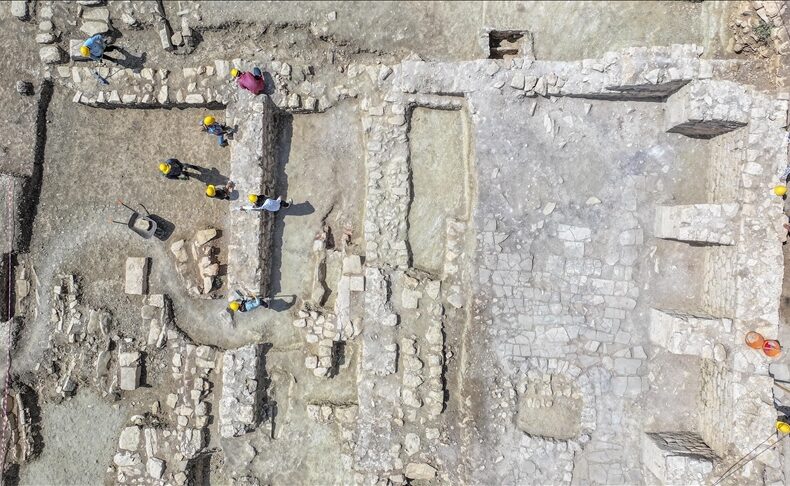
Ancient Church Dating Back 1,700 Years Discovered in Diyarbakır: Evidence of Byzantine Expansion East of the Euphrates
Archaeologists working in Türkiye’s southeastern Kulp district have uncovered the remains of a Roman-era church built around the mid-4th century A.D.. The discovery, made during excavations led by the Diyarbakır Museum Directorate, has provided striking evidence of Byzantine activity far beyond the traditional boundaries of the empire. The site, located in the rural village of
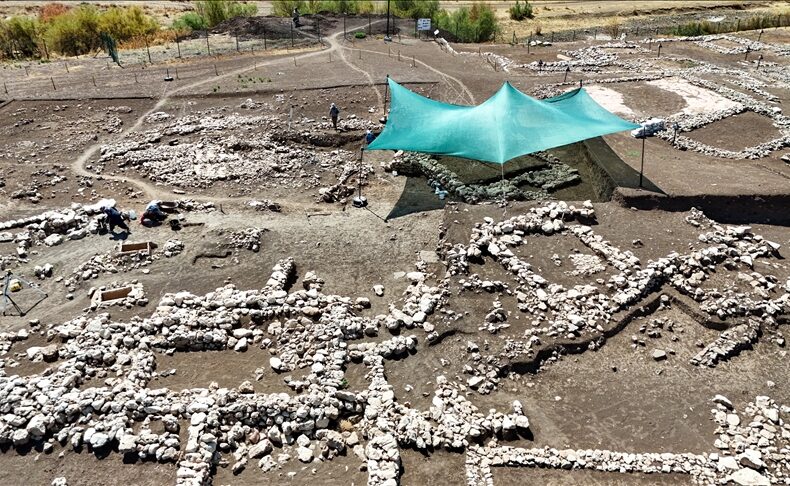
9,500-Year-Old Communal Structure with Red Floor Discovered at Türkiye’s Çayönü Tepesi
Archaeologists working at Çayönü Tepesi, a world-renowned Neolithic settlement in southeastern Türkiye, have unearthed a 9,500-year-old communal building distinguished by its vividly painted red floor. The discovery provides rare insight into early agricultural societies and the evolution of social organization in one of humanity’s earliest permanent villages. Excavations, which first began in 1964, are now
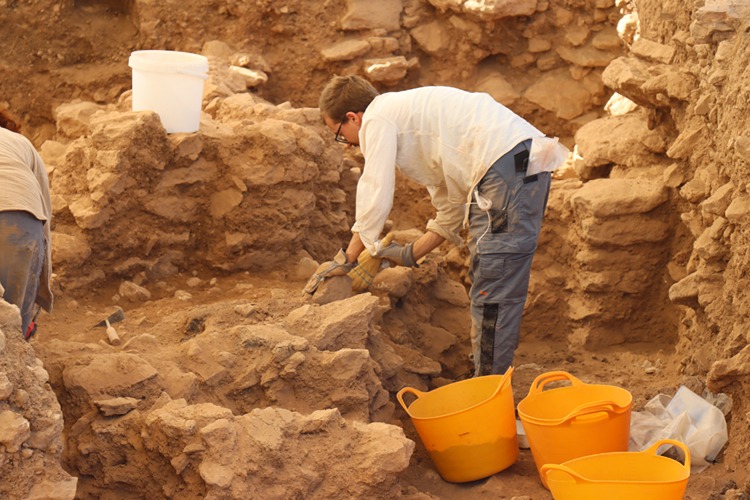
Sayburç Excavations Reveal 12,600-Year-Old Neolithic Settlement with Over 50 Structures
Archaeological excavations in Şanlıurfa, southeastern Türkiye, are shedding new light on one of the most critical turning points in human history. At the Sayburç Neolithic settlement, researchers have uncovered more than 50 structures dating back 12,600 years. The excavations are part of the “Taş Tepeler Project”, a large-scale initiative led by the Ministry of Culture
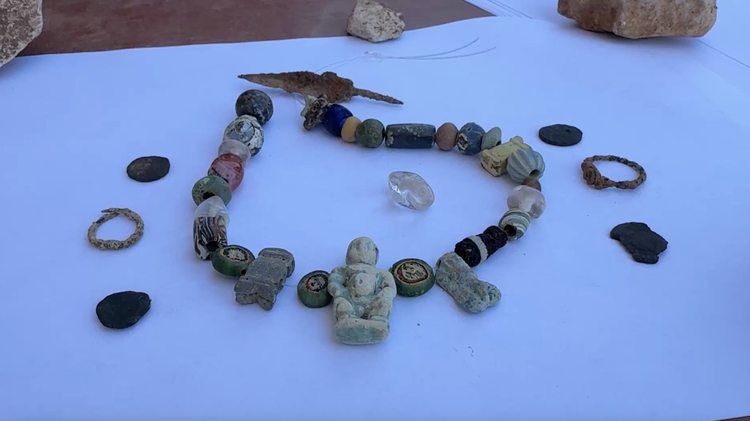
First in Anatolia: Figure of the Egyptian God Pataikos Unearthed in Perre Ancient City
A discovery in Perre Ancient City (Adıyaman, Türkiye) has not only excited archaeologists but also reshaped how we look at the cultural links between Anatolia and Egypt. In one of the five great cities of the Kingdom of Commagene, excavations revealed a 2,100-year-old chamber tomb containing a figure of the Egyptian protective god Pataikos. Egyptian

From Central Asia to the Balkans: Ram and Sheep-Shaped Tombstones Go on Display in Diyarbakır for the First Time
The Diyarbakır Museum has unveiled ram and sheep-shaped tombstones that had remained in storage for 91 years. These sculpted stones, carved from basalt and limestone, were not only markers of the dead but also symbols of identity, gender, and social status in medieval Anatolia. Founded in 1934, the Diyarbakır Museum is one of Türkiye’s oldest
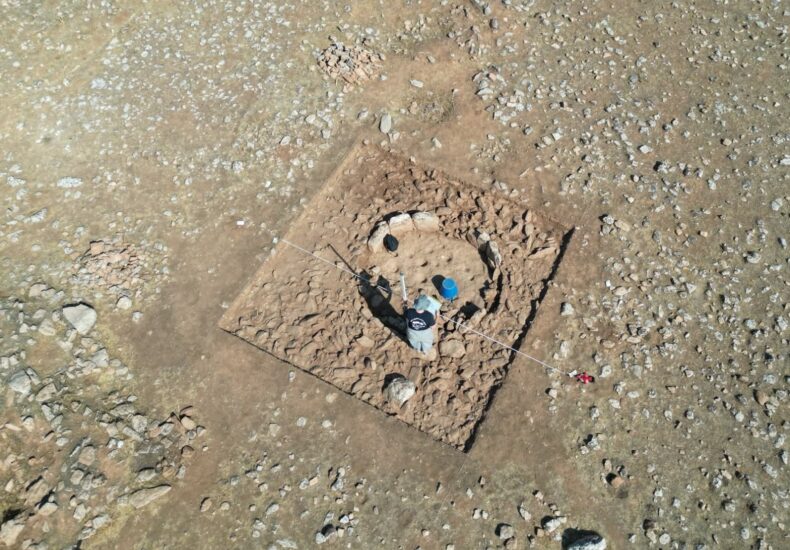
Archaeologists Uncover Early Neolithic Structures at Mendik Tepe, Potentially Older Than Göbekli Tepe
Excavations at Mendik Tepe, a prehistoric site in southeastern Türkiye, are advancing rapidly and may reveal evidence older than Göbekli Tepe, the UNESCO World Heritage site widely regarded as the “zero point of history.” Professor Douglas Baird of the University of Liverpool’s Department of Archaeology, who leads the excavation, reported that structures of different sizes
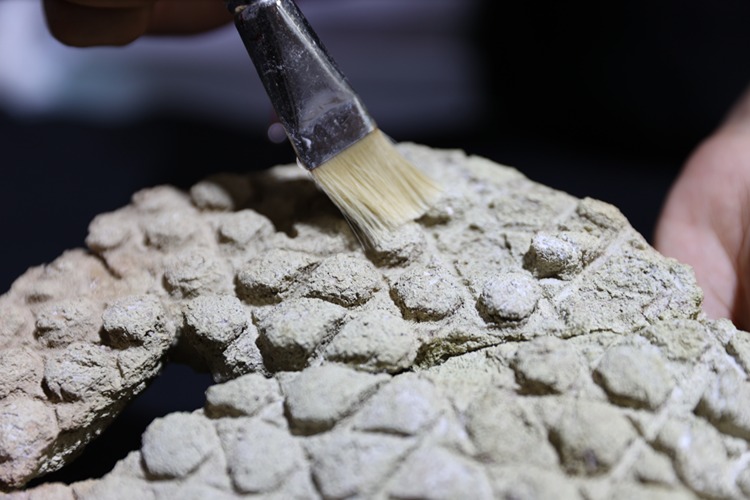
Ancient Bread Mold Unearthed in Harran Reveals 800-Year-Old Culinary Traditions
Long celebrated as a cradle of science and philosophy, Harran has now offered a rare glimpse into its everyday life. Archaeologists working in the ancient city in southeastern Türkiye have uncovered an 800-year-old bread mold decorated with distinctive diamond-shaped patterns. The baked-clay artifact, measuring about 40 centimeters in diameter, was discovered during excavations near the
